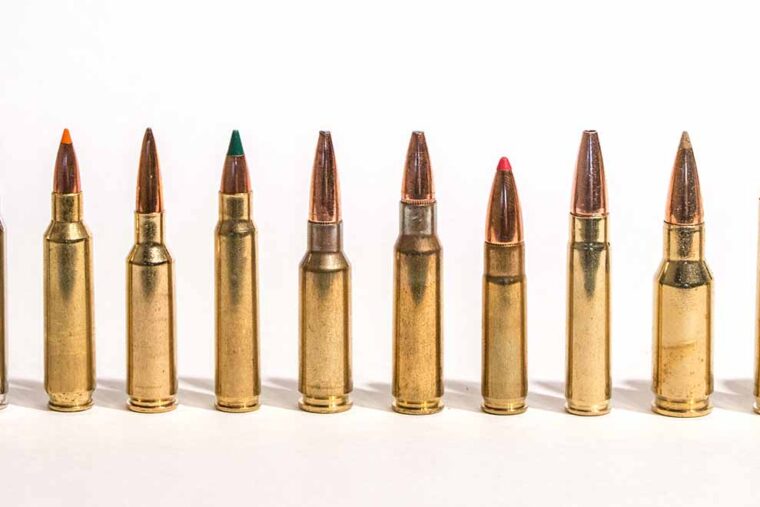Bullet speed matters, but so does bullet weight
According to “assault weapon” ban proponents, the AR rifle’s lethality is all about how fast its bullets travel. The Washington Post recently claimed that “what makes [the AR] so deadly is the speed of [its] bullet.” “The higher speed of a bullet from an AR-15 causes far more damage after it hits the body and drastically reduces a person’s chances of survival.” Scott Pelley at CBS News declared that “the AR-15’s high velocity ammo is the fear of every American emergency room.” In a March 2023 order denying a motion for a preliminary injunction in Delaware State Sportsmen’s Ass’n v. Delaware Dep’t of Safety and Homeland Security, Judge Richard Andrews described how “intermediate-caliber rounds fired at high velocity” cause “catastrophic” wounds with “multiple organs shattered, bones exploded, soft tissue absolutely destroyed, and exit wounds a foot wide.”
President Joe Biden repeatedly has exaggerated the velocity of AR bullets, most recently asserting that they travel five times as fast as handgun bullets. To prove that AR’s pose an “exceptional danger,” Judge Virginia Kendall claimed in her February 2023 order denying a preliminary injunction in Bevis v. Naperville that “[t]he muzzle velocity of an assault weapon is four times higher than a high-powered semiautomatic firearm.”
This post will discuss the comparative velocity and kinetic energy of AR bullets and how those factors affect bullet penetration and wound severity. It is co-authored by Campbell University law professor Gregory Wallace, who has published two articles on “assault weapons,” most recently “Assault Weapon” Lethality, 88 Tenn. L. Rev. 1 (2020). Professor Wallace and I are among the co-authors of the law school textbook Firearms Law and the Second Amendment: Regulation, Rights, and Policy (3d ed. 2022, Aspen Pub.). In an earlier post, we examined false claims that the AR type rifles are exceptionally powerful.
By David Kopel



